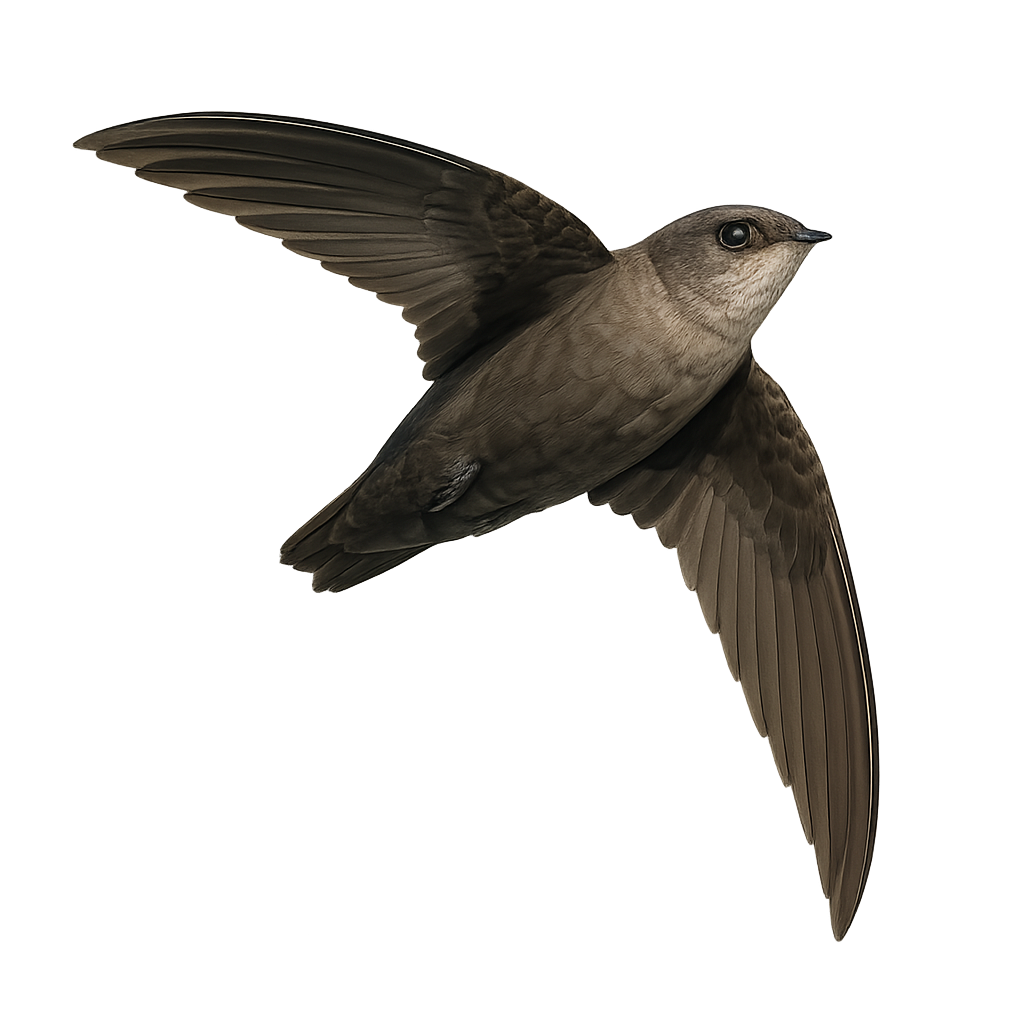Your wildlife photography guide.
Explore the chimney swift in detail, study its behavior, prepare your shots.
Where to observe and photograph the chimney swift in the wild
Learn where and when to spot the chimney swift in the wild, how to identify the species based on distinctive features, and what natural environments it inhabits. The WildlifePhotographer app offers tailored photography tips that reflect the chimney swift’s behavior, helping you capture better wildlife images. Explore the full species profile for key information including description, habitat, active periods, and approach techniques.
Chimney Swift
Scientific name: Chaetura pelagica

IUCN Status: Least Concern
Family: APODIDAE
Group: Birds
Sensitivity to human approach: Suspicious
Minimum approach distance: 10 m
Courtship display: May to July
Incubation: 19-21 jours
Hatchings: May to August
Habitat:
Forests, urban areas, grasslands
Activity period :
Primarily active during the day, with peak activity in the morning and late afternoon.
Identification and description:
The Chimney Swift, Chaetura pelagica, is a small migratory bird known for its rapid and agile flight. It is often seen in urban areas, nesting in chimneys and similar structures. Its plumage is primarily dark brown, making it difficult to spot when flying high in the sky. These birds are insectivores, feeding mainly on small flying insects caught in mid-air. Their high-pitched call is often heard before they are seen. Chimney Swifts are social birds, frequently observed in large groups, especially during migration. They play a crucial role in controlling insect populations, thus contributing to ecological balance.
Recommended lens:
400 mm – adjust based on distance, desired framing (portrait or habitat), and approach conditions.
Photography tips:
To photograph the Chimney Swift, it is advisable to use a telephoto lens of at least 400mm to capture detailed images from a distance. These birds are often in rapid motion, so a camera with good autofocus capability is essential. Try photographing them while they are feeding in flight, using a fast shutter speed to freeze their movement. Look for areas where they gather, such as near chimneys or open areas where they hunt insects.
The WildlifePhotographer App is coming soon!
Be the first to explore the best nature spots, track rutting seasons, log your observations, and observe more wildlife.
Already 1 439 wildlife lovers subscribed worldwide

